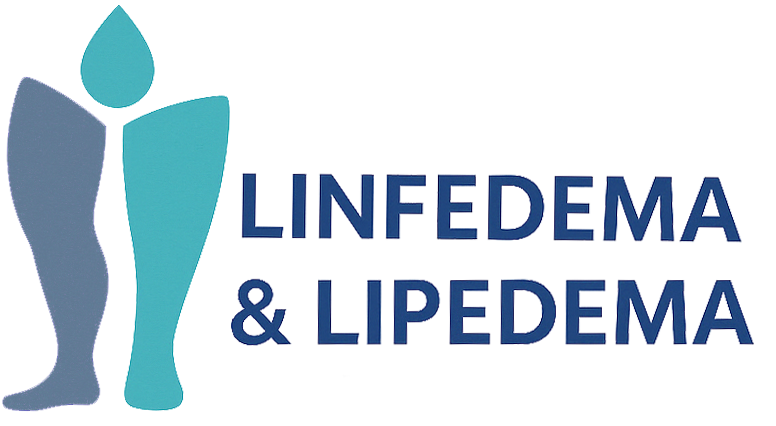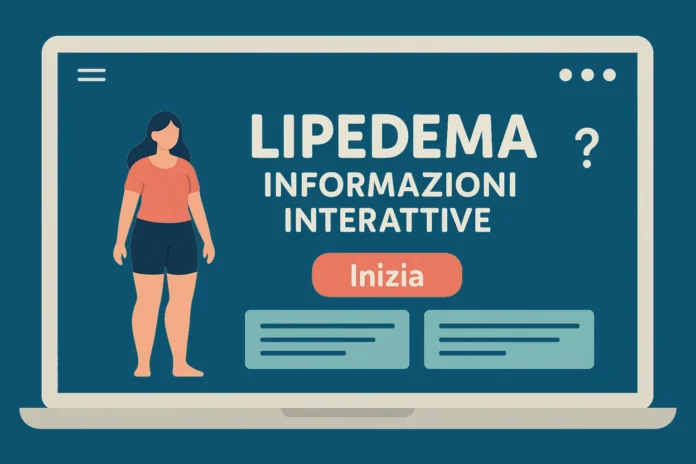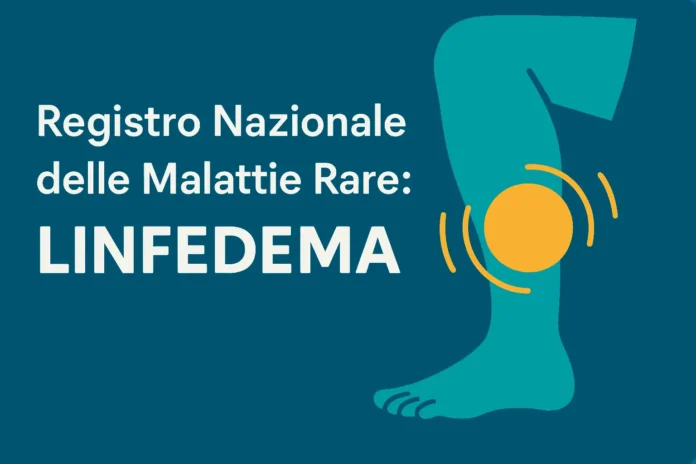This narrative review distils two decades of research to guide clinicians toward a pragmatic, evidence-aligned care pathway. Beyond disproportionate gynoid fat, lipedema is characterised by capillary fragility, sodium-rich oedema, early lymphatic dysfunction and neuro-hormonal alterations that intensify pain and disability. The authors emphasise that no single therapy suffices: compression hosiery, manual lymph drainage, resistance-plus-aerobic exercise and anti-inflammatory nutrition act synergistically to curb limb heaviness, bruising and psychosocial distress. When conservative measures plateau, tumescent or water-assisted liposuction—performed with meticulous lymphatic preservation—offers durable volume and pain reduction, although long-term data on lymphatic integrity remain limited. Realistic counselling about staged procedures, peri-operative morbidity and the need for lifelong compression is imperative. Future priorities include standardised diagnostic imaging, biomarkers to stratify disease severity, and controlled trials testing combined pharmacologic-surgical algorithms. By framing lipedema as a multisystem, quality-of-life-driven condition, the review provides a template for multidisciplinary teams to refine personalised management. (pubmed.ncbi.nlm.nih.gov)
Isabel Forner-Cordero – Unit of Lymphedema, Service of Physical Medicine and Rehabilitation, Hospital Universitari i Politècnic La Fe, University of Valencia, Valencia, Spain
Angeles Forner-Cordero – Rehabilitation Service, Sagunto Hospital, University of Valencia, Valencia, Spain
Győző Szolnoky – Department of Dermatology and Allergology, University of Szeged, Szeged, Hungary
Tags: Exercise; Humans; Lipedema – diagnosis; Lipedema – epidemiology; Lipedema – therapy; Lymphedema; Quality of Life; Retrospective Studies




